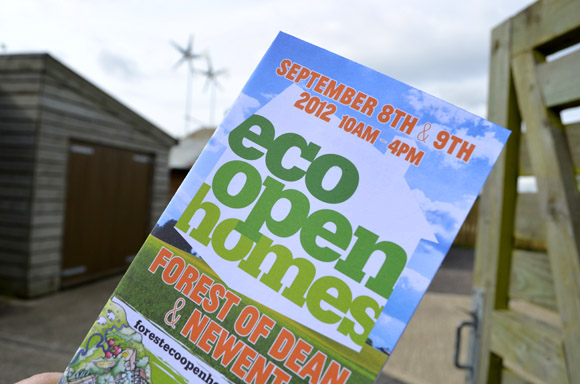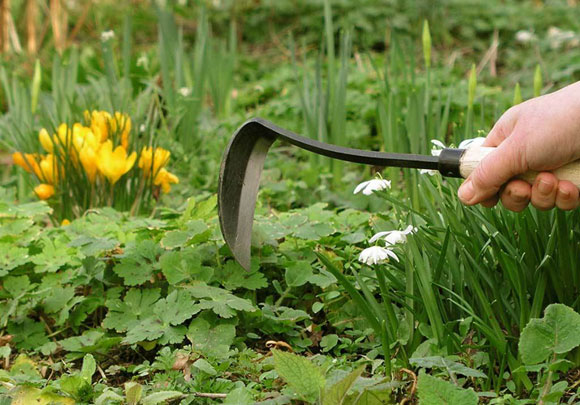If lying by the pool in the sun doesn’t float your boat, then how about an eco-holiday with a difference? Fancy doing something active and at the same time help restore some of Scotland’s wilderness?
You can do just that with Trees for Life as they restore about 1,000 square miles of Caledonian Forest, in the Highlands to the west of Loch Ness and Inverness back to wilderness. Trees for Life is running Conservation Weeks at eight locations in the Highlands between mid-March and November. In addition, to mark the Year of Natural Scotland, Trees for Life is introducing new Wildlife Weeks for conservation volunteers who also want to spend extra time learning about and observing the Caledonian Forest’s outstanding wildlife. The specially-designed Wildlife Weeks include day trips to the Isle of Skye to see white-tailed eagles, the third largest eagle in the world; to Aigas Field Centre at Beauly, Inverness-shire to see the beavers living on the loch; and the opportunity to feed wild boar at Trees for Life’s Dundreggan Estate in Glen Moriston to the west of Loch Ness.
The work can be physically demanding, so volunteers need a reasonable level of fitness, but the Conservation Weeks suit all abilities and anyone over 18 years old can take part. There is no upper age limit. “We have pledged to establish one million more trees by planting and natural regeneration within the next five years. Every volunteer who takes part in our Conservation Weeks will be helping to achieve something very special,” said Alan Watson Featherstone.
You might want to combine the trip with a week in a Scottish log cabin or cosy cottage, the EcoHolidayShop has lots to choose from with green credentials.
BBC Wildlife Magazine has voted Trees for Life’s Conservation Weeks as one of the Top 10 Conservation Holidays in the World, a green choice of a holiday for sure. For more details, see www.treesforlife.org.uk or call 0845 458 3505.

